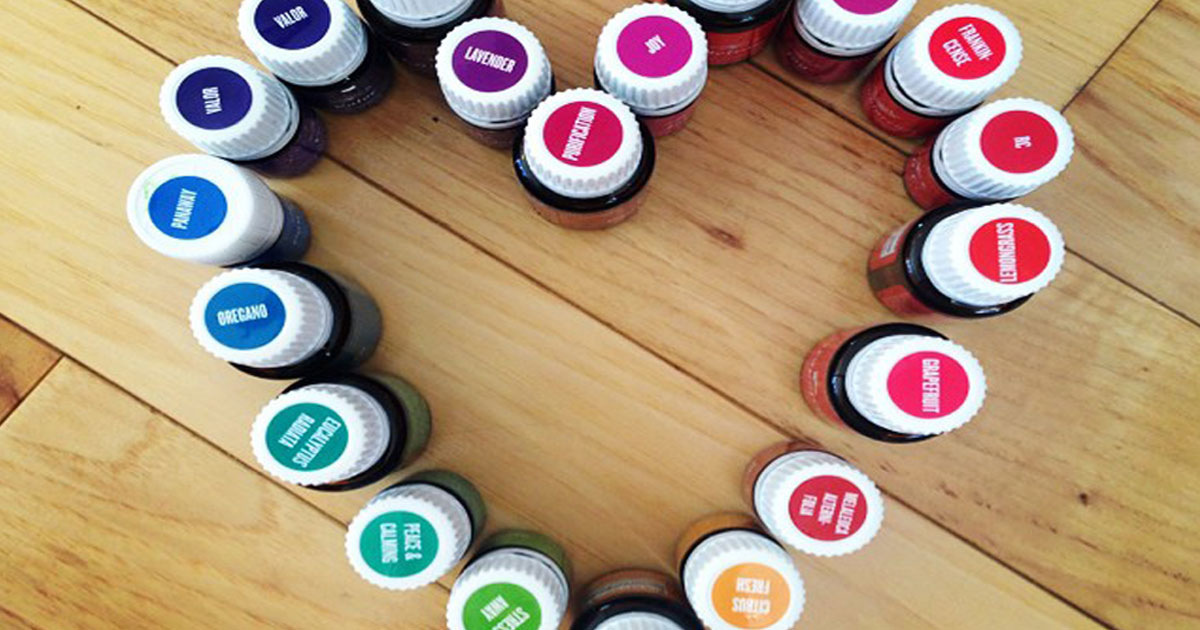Improve your mind, body and spirit.
- Details
- Category: Wellness
Relay for Life is an overnight community fundraising walk. Teams of people camp out around a track and take turns walking—each step taking them closer to winning the fight against cancer. Relay events are an opportunity for families, communities, friends and strangers to rally together for a common goal. The temperature is climbing, and West Michigan's "Relay season" is just around the corner!
- Details
- Category: Wellness
We are all overextended, overscheduled, tired and just plain ... stressed out! Michelle Steffes, Certified Coach/Business Consultant/Speaker/Trainer at IPV Consulting, can help. She has identified six key factors that should help you avoid burnout. For those of us looking for ways to repair the burnout we've already endured, she has us covered, too.
- Details
- Category: Wellness
As a child, there are few experiences that surpass cracking the seal on a box of crayons and diving into a crisp new coloring book—coloring inside the lines being optional, of course.
- Details
- Category: Wellness
First aid awareness extends beyond CPR training. A health crisis can include mental health events, such as panic attacks, suicidal contemplation or substance abuse. Spectrum Health Zeeland Community Hospital is hosting Mental Health First Aid Training Sessions to help laypeople help others suffering from an acute mental health crisis.
- Details
- Category: Wellness
Essential oils are for the gullible, for those who don't understand how the body works, or how science works for that matter—snake oil sales for the new age. Years ago, these thoughts ran through my head as I contemplated treating my sinus issues with essential oils. As a former pharmaceutical rep, I was trained to understand the science behind how certain medications work and why. I believed natural remedies were inconsequential without hardcore data (and lots of it!) to back up any claims. Anecdotal evidence wasn't going to cut it for me. So, how did I end up using the oils on a daily basis?








